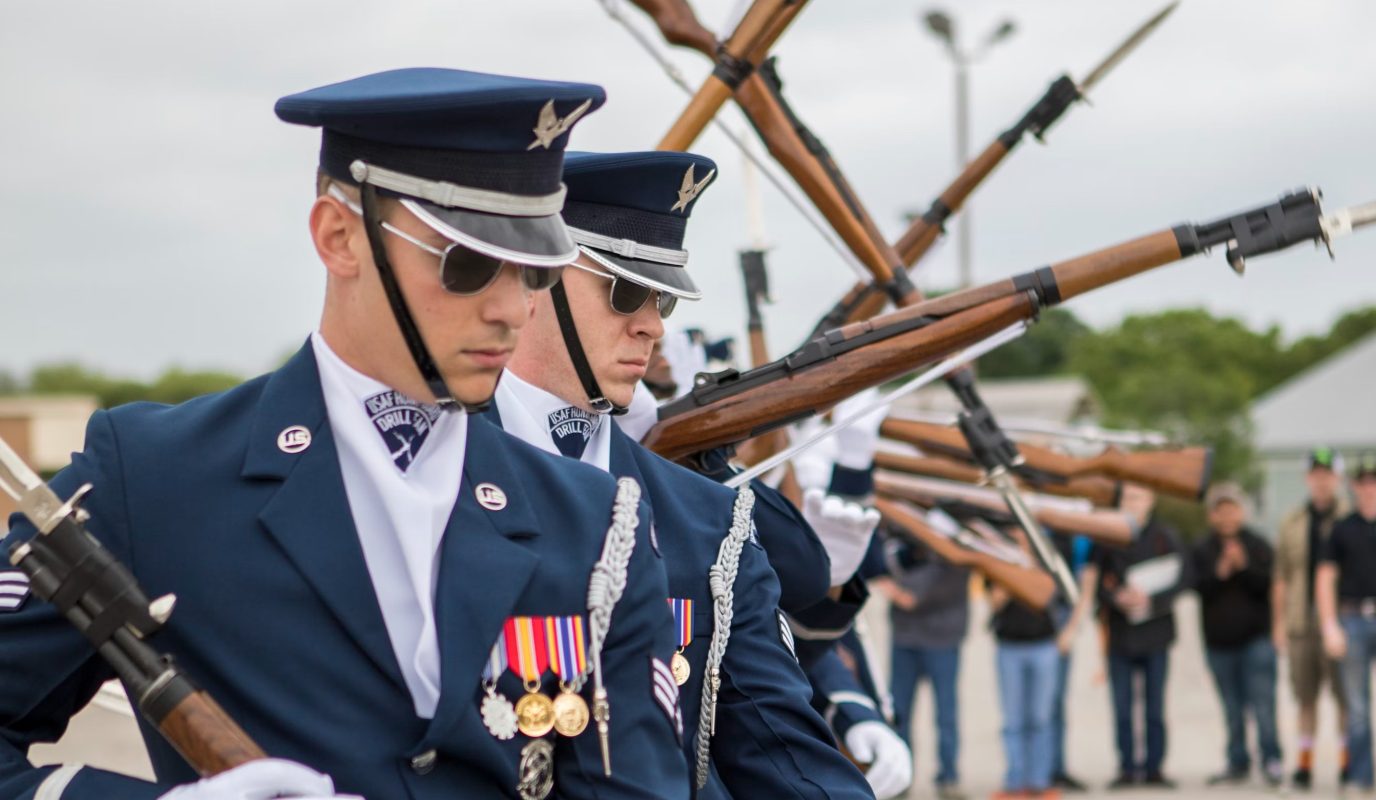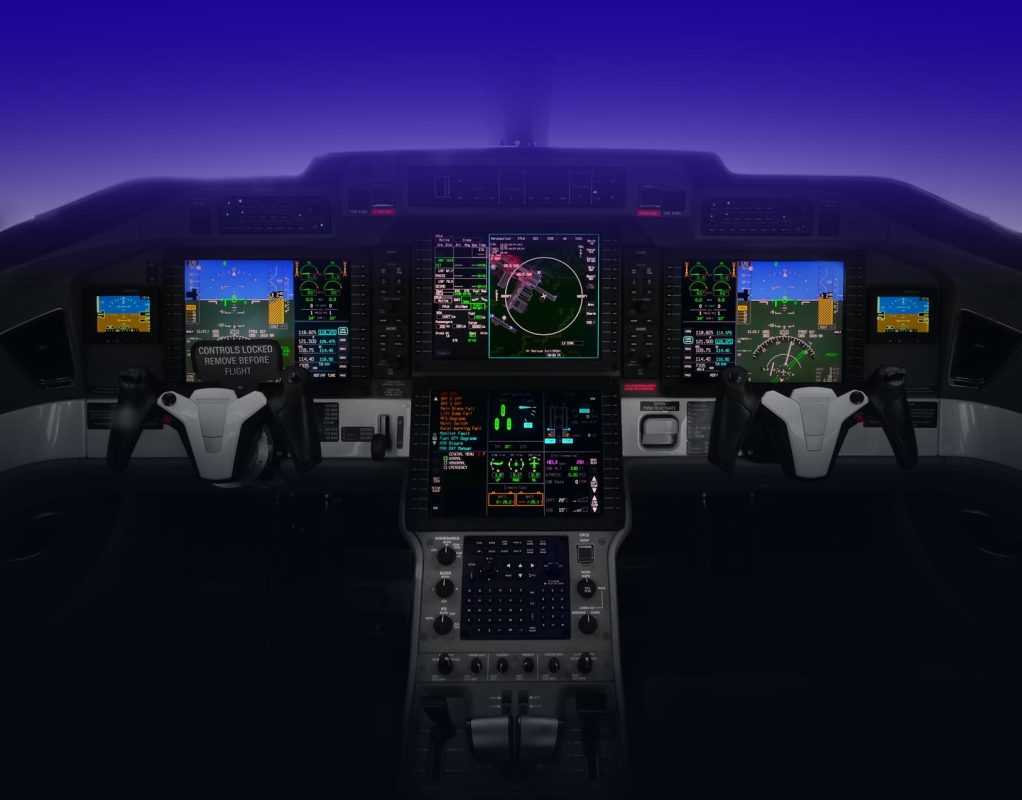Color blindness can have varied effects on the Air Force official. From a pilot to a mechanic or even an intelligence officer, color blindness affects an airman’s attempt at completing missions and hitting career milestones. In turn, this could delay important pay raises and promotion opportunities. Let’s take a closer look at color blindness and what steps can be taken to overcome potential challenges in the Air Force.
Getting into the Air Force is a huge accomplishment, and it’s something that many people aspire to do. But what if you’re color blind? Are there any career opportunities for people who are color blind?
The answer is yes. The Air Force is one of the most diverse branches of the military, with about 40 percent of active-duty airmen considered minorities. According to the Air Force Personnel Center (AFPC), more than half of all service members are women.
Color Blindness and Air Force Jobs

Color vision is a critical tool for many Air Force jobs, including pilots and navigators. Color vision testing is part of the military entrance processing station (MEPS) medical examination and a color vision test is required prior to entry into basic training. Color blind applicants may be eligible for waivers if they are able to perform all Air Force job tasks with or without corrective lenses.
The Air Force recognizes the importance of color vision in various jobs, such as pilots and navigators. Color vision testing is part of the military entrance processing station (MEPS) medical examination and a color vision test is required prior to entry into basic training. Color blind applicants may be eligible for waivers if they are able to perform all Air Force job tasks with or without corrective lenses.
The importance of color vision in various Air Force jobs

Color vision is a critical component of many Air Force jobs. To ensure that the best people are selected for important positions, the Air Force has implemented strict testing protocols. This policy seeks to ensure that job applicants with color blindness are not disqualified from positions where color vision is required.
Colorblind individuals have potential limitations and restrictions when it comes to their career options within the Air Force:
- Pilots (Fighter, Transport, and Helicopter):
- Identifying navigation lights: Pilots need to distinguish between different aircraft based on their navigation lights, which are color-coded.
- Reading instrument panels: Accurate color vision is necessary to read and interpret instrument panel displays, including altitude and airspeed indicators, which use color-coded information.
- Aircraft Maintenance and Avionics Technicians:
- Wiring and component identification: Technicians need to identify and work with color-coded wires and components to ensure the proper functioning of aircraft systems.
- Hazardous materials handling: Technicians must correctly identify color-coded labels on hazardous materials to handle them safely.
- Munitions Specialists:
- Ordnance handling: Munitions specialists handle explosives and munitions that are color-coded for safety and identification purposes. Accurate color vision is crucial to prevent accidents.
- Air Traffic Controllers:
- Aircraft identification: Air traffic controllers use the color and positioning of aircraft lights to identify and manage air traffic. Accurate color vision is essential for this task.
- Beacon lights: Controllers need to differentiate between various beacon light colors to identify aircraft types and their roles.
- Weather Forecasters and Meteorologists:
- Weather radar and satellite imagery: Color is used to represent different weather conditions on radar and satellite displays. Accurate color vision aids in interpreting these images correctly.
- Aircraft Loadmasters:
- Cargo identification: Loadmasters must accurately identify cargo and equipment by color-coding to ensure proper loading, weight distribution, and securement.
- Search and Rescue (SAR) Personnel:
- Identifying signals and distress markers: SAR personnel need to recognize colored signals, markers, and smoke signals to locate and assist distressed individuals or aircraft.
- Firefighters:
- Hazard identification: Firefighters need to identify color-coded labels on hazardous materials and equipment to respond effectively to fire and chemical incidents.
- Medical Personnel (Flight Surgeons, Nurses):
- Reading medical charts and displays: Accurate color vision is essential for interpreting medical charts, monitors, and displays, where color-coded information can indicate critical conditions or readings.
- Weapons Officers and Targeting Specialists:
- Target identification: Accurate color vision is crucial when identifying targets and distinguishing between friend and foe in target acquisition systems.
Solutions and Technologies for Colorblind Airmen

As a member of the Air Force, you may be colorblind. If so, you are not alone. Approximately 8 percent of men and 0.5 percent of women have some form of color vision deficiency (CVD).
The Air Force has made significant progress in identifying and correcting CVDs among its members. The Air Force’s Vision Correction Program (VCP) enables airmen to gain access to corrective eyewear that improves their ability to perform their duties in both operational and training environments.
The VCP is an important program that addresses the needs of airmen with uncorrected color vision deficiencies (UCDs). However, there are limitations on color vision testing, particularly for those with mild UCDs who would not be eligible for VCP under current regulations. These limitations will only become more problematic as technology advances, requiring more complex tasks to be completed by airmen with UCDs. Additionally, many jobs in the Air Force require some level of color perception beyond what VCP can provide.
Assistive devices and accommodations available
A number of assistive devices are available to colorblind pilots, including filters that allow the pilot to view the instruments in different colors. For example, a filter called “Eyeblasters” can be attached to a computer monitor or handheld device and displays the instrument panel in black and white. Another option is to use a program called “EnChroma” on an iPad. This app allows pilots to adjust the colors on their screens so that they can distinguish between different colors more easily.
The solution was Covisn colorblind contact lenses, a contact lens that helps the wearer pass Ishihara tests. The Air Force found that it helped 100% of people pass the Ishihara test, allowing them to get the jobs they wanted.

We encourage you to consider how Covisn Colorblind Contacts could help your employees pass this important test and move forward in their careers.
The Air Force offers two types of accommodations for colorblind pilots
Preferential flying assignments include flying jets at night or flying transports over water, where light conditions are less critical than during daytime landings and takeoffs. The Air Force also offers preferential assignments for special assignments such as test pilot duty or flight instructor duty.
Waivers for disqualifying conditions are granted when there is no other way to meet a mission need without compromising safety or efficiency. Waivers differ from accommodations because they waive certain requirements altogether instead of making them easier to meet (as with preferential assignments).
The Air Force also offers other assistive devices and accommodations that can help pilots with color blindness perform their duties safely and effectively:
Colored filters for prescription sunglasses or contact lenses can help some people with red-green color vision deficiencies distinguish red from green more easily. These filters are available through military optometry clinics at most bases worldwide; however, they are not required for flight training or deployment. The Air Force does not provide these filters directly to aircrew members because they are considered personal equipment and do not meet uniform requirements.
Best Air Force jobs for colorblind individuals
Colorblind individuals may face limitations in certain Air Force jobs, but there are still several roles that can be well-suited for them. Here is a list of Air Force jobs that are generally considered suitable for people with color blindness:

- Cyber Operations (1B4X1): Cyber operators work in the realm of computer networks and cybersecurity, where color discrimination is not a primary requirement.
- Financial Management and Comptroller (6F0X1): Financial management personnel handle financial transactions, budgeting, and accounting tasks, which do not rely on color vision.
- Air Traffic Control (1C1X1): While certain aspects of air traffic control require color vision (e.g., identifying aircraft beacon lights), there are non-tower positions, such as radar controllers (1C1X1B), that may be accessible to colorblind individuals.
- Security Forces (3P0X1): Security forces personnel are responsible for base security, law enforcement, and force protection. Many aspects of this job do not require color vision.
- Pararescue (1T2X1): Pararescuemen perform combat search and rescue missions, including medical evacuations. While some aspects of the job may require color vision, they primarily focus on medical skills and physical fitness.
- Munitions Systems (2W0X1): Munitions specialists handle and maintain aircraft weapons and ordnance, which may be possible for colorblind individuals if they can differentiate shapes and markings.
- Aircraft Maintenance (2A6X2): Some aircraft maintenance positions, such as jet propulsion, may be accessible to colorblind individuals depending on the specific tasks and equipment.
- Intelligence (1N0X1): Intelligence specialists gather and analyze information. While color vision may be helpful, it is not typically a strict requirement for this role.
- Logistics Readiness (2G0X1): Logistics readiness personnel manage supply chains and logistics operations, which do not depend on color vision.
- Civil Engineering (3E0X1): Civil engineers are involved in construction, maintenance, and repair of infrastructure. Many tasks in this field do not require color vision.
- Cyber Systems Operations (3D0X2): Cyber systems operators work with computer networks and systems, focusing on cybersecurity and network maintenance, which do not require color discrimination.
- Space Systems Operations (1C6X1): Space systems operators manage and operate satellite and space-related systems, focusing on data analysis and communication, which typically do not require color vision.
- Paralegal (5J0X1): Paralegals assist legal personnel with legal documentation, research, and administration, with limited reliance on color discrimination.
- Weather Apprentice (1W0X1): Weather apprentices work with meteorological data and weather instruments but may not require color vision for some aspects of their duties.
- Public Affairs (3N0X1): Public affairs specialists focus on communication, media, and public relations, where color discrimination is not a primary factor in job performance.
- Transportation (2T1X1): Transportation personnel manage cargo and logistics, which may involve reading labels and signs but can often be done without precise color perception.
- Services (3M0X1): Services specialists are involved in food service, lodging, and recreational activities, with limited reliance on color vision.
Tips and advice for a successful career in the Air Force
There are several tests available that can determine whether you have difficulty distinguishing between certain colors. The most common type of test measures how quickly you can pick out specific colored dots from a background of other dots of different colors.
Use your best judgment when filling out medical questionnaires during the application process and make sure your answers are honest and accurate. If you know that any medical condition will interfere with your ability to do your job, let them know about it up front so they can help find ways around any restrictions caused by the condition.
Ask about testing for color vision deficiency before you accept an assignment; it’s easy to do and there’s no harm in doing it!
Talk to your recruiter about how important color vision is for jobs you’re interested in pursuing — whether it’s piloting an airplane or working at headquarters.
Last Thought
The Air Force is one of the most diverse branches of the military, with about 40 percent of active-duty airmen considered minorities. Even so, color blindness is a common condition among service members.
This doesn’t mean that you can’t serve in the Air Force if you’re color blind; it just means that you’ll have to make some adjustments along the way. The good news is that there are plenty of ways to overcome this disability and become an amazing pilot or crew chief!
Articles You Might Interest
How To Pass the Color Blindness Test
Are Colorblindness Contacts Beneficial To Your Military Life?

